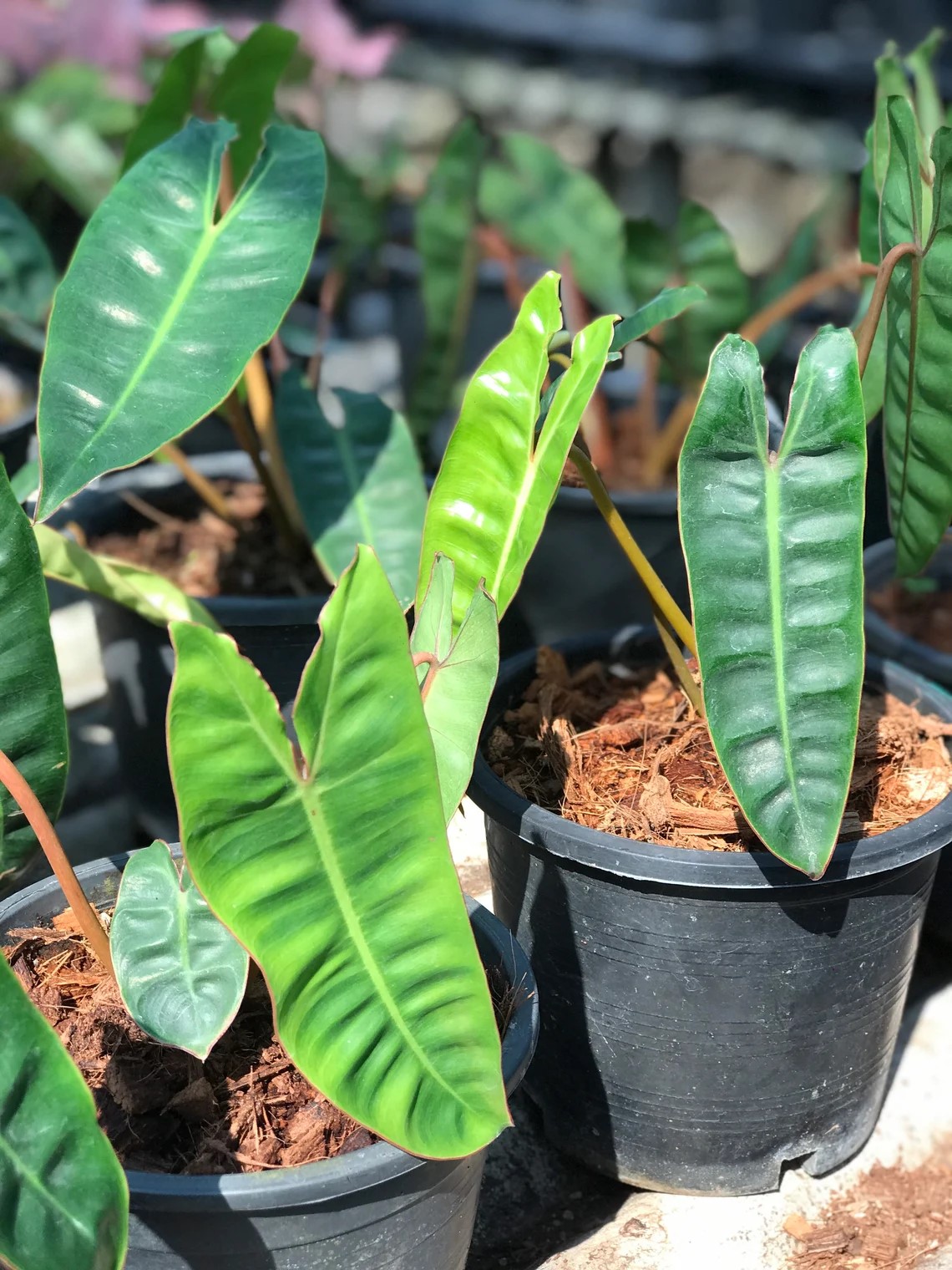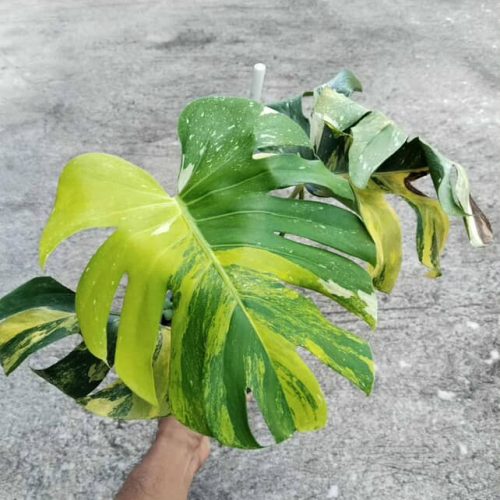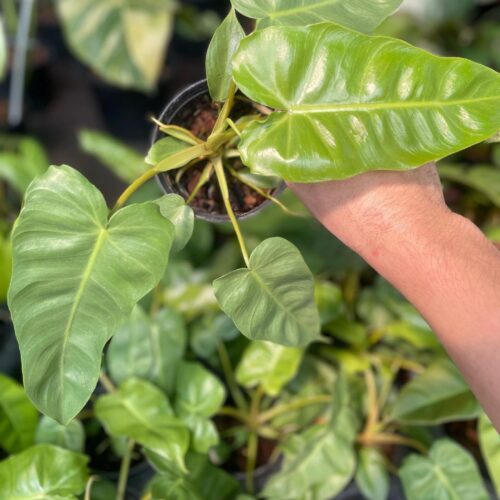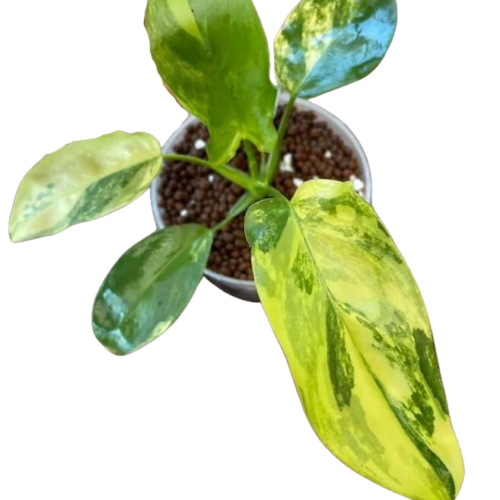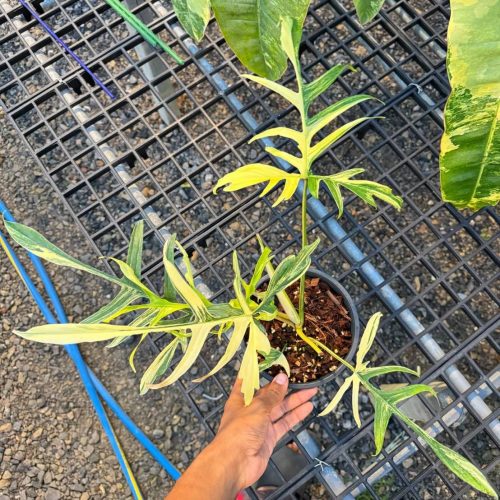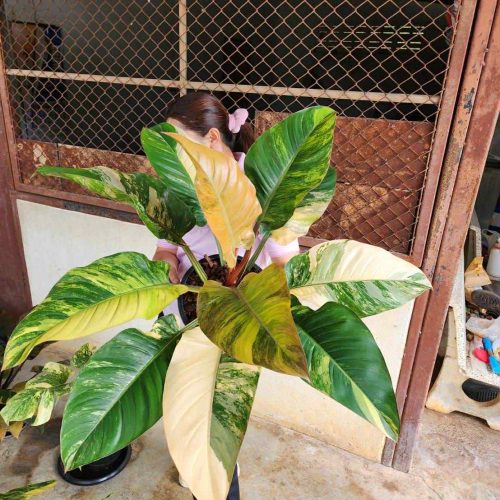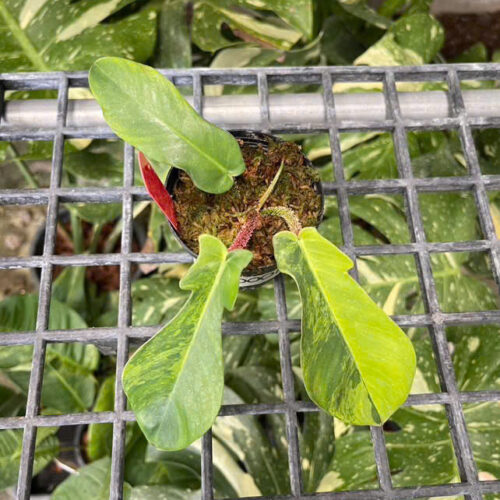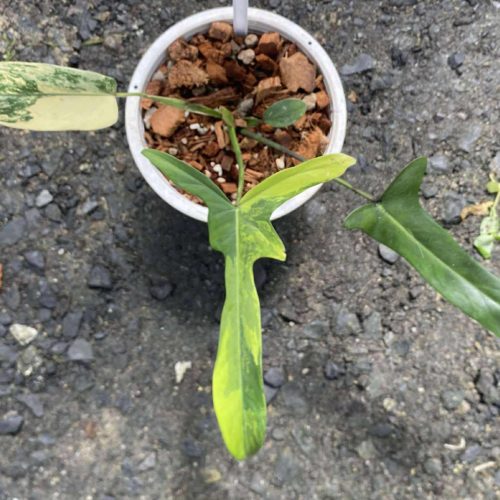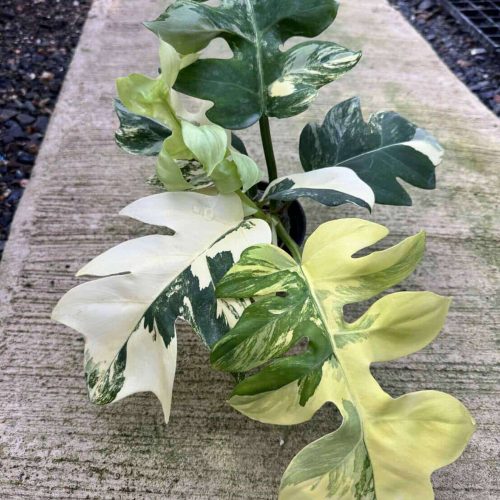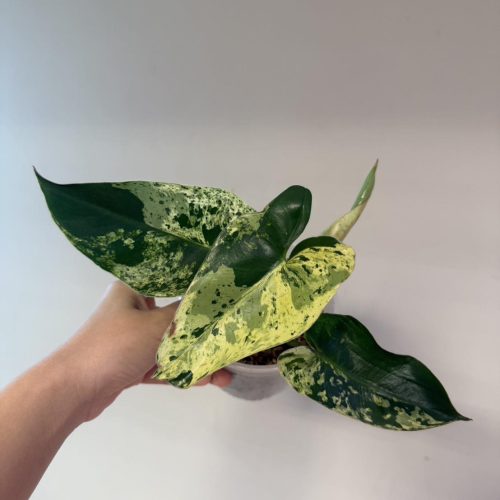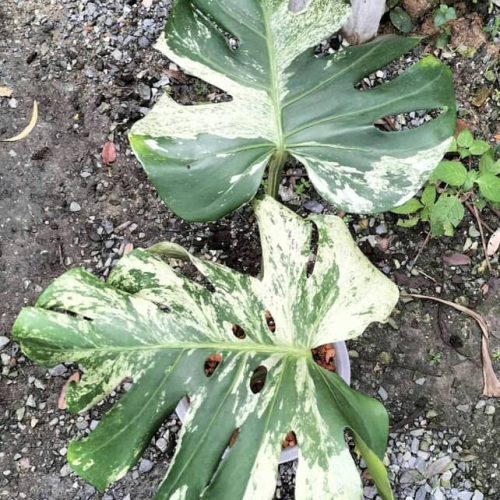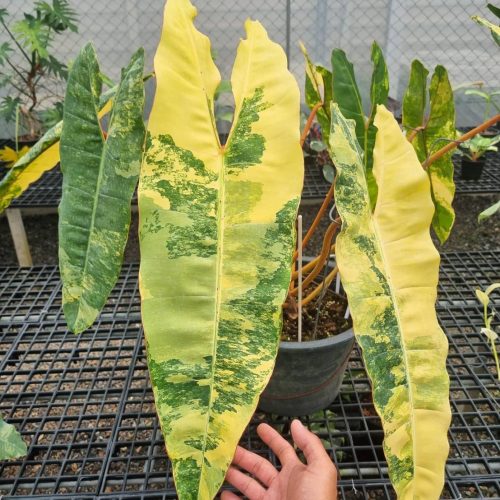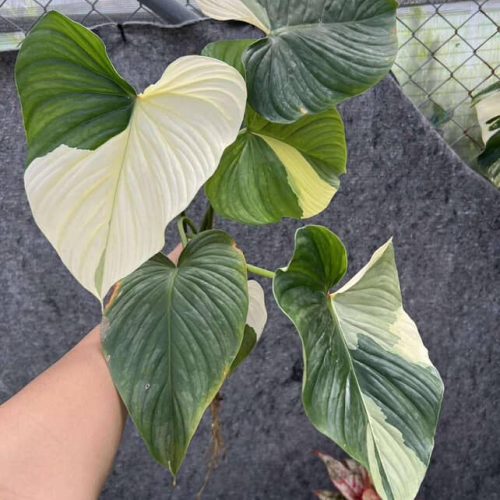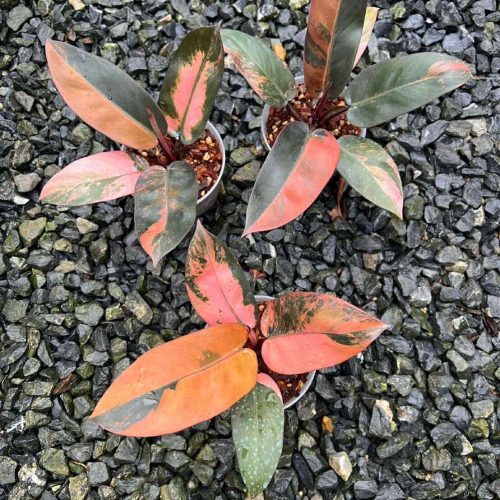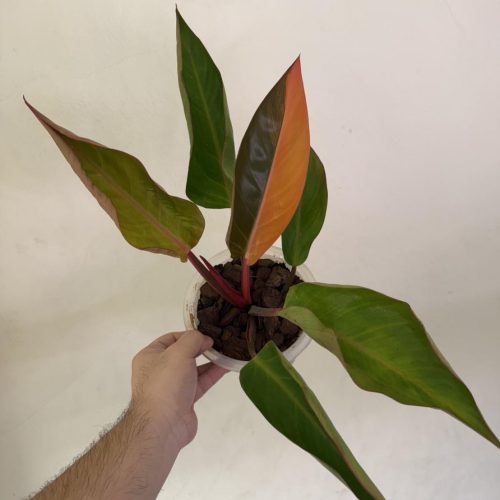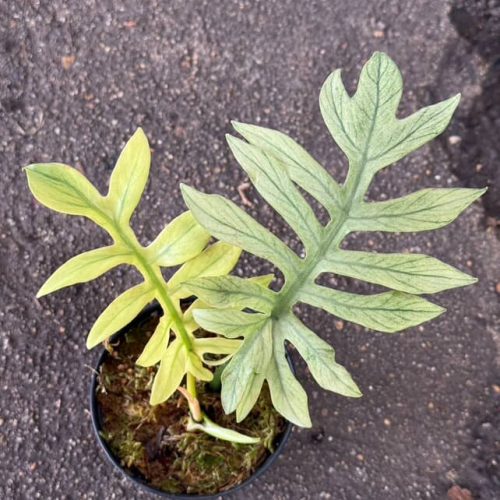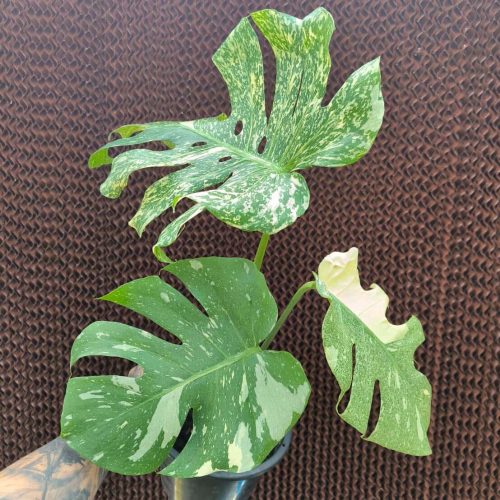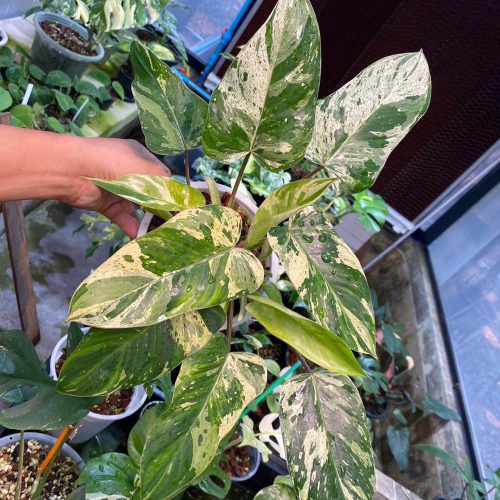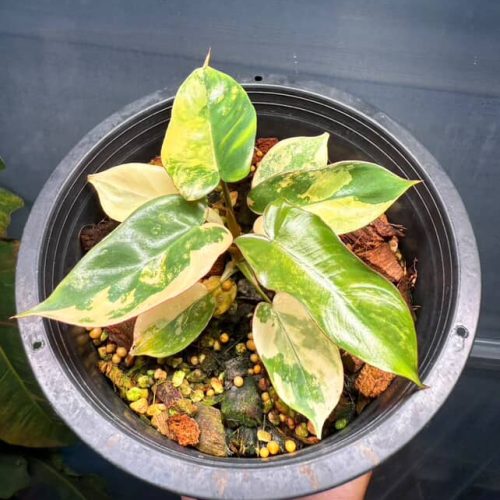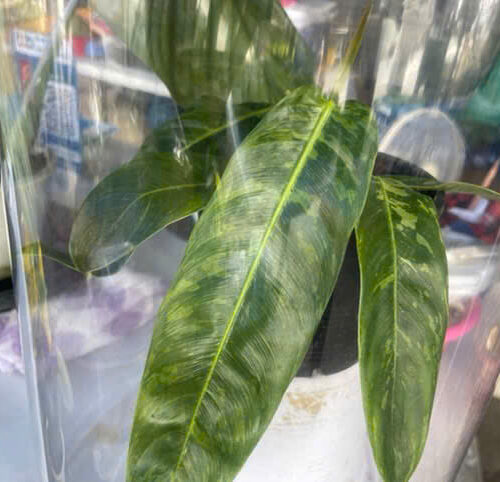The Philodendron Billietiae is a stunning tropical plant that has captured the hearts of plant enthusiasts worldwide. Known for its large, elongated leaves and striking orange petioles, this plant adds a touch of the exotic to any indoor garden. This comprehensive guide will provide you with all the information you need to grow and care for the Philodendron Billietiae successfully.
Introduction
The Philodendron Billietiae is a member of the aroid plant family, which includes popular varieties like Monstera, Anthurium, and Aglaonema. Native to the tropical rainforests of South America, this plant is prized for its unique foliage and easy-care nature. Similar to Epipremnum and Syngonium, the Philodendron Billietiae is not only beautiful but also relatively easy to care for.

Introduction
| Feature | Description |
|---|---|
| Common Name | Fiddle Leaf Philodendron |
| Scientific Name | Philodendron billietiae |
| Plant Type | Vining aroid |
| Native Region | Rainforests of South America |
| Preferred Environment | Warm, humid environments |
| Growth Feature | Can climb with aerial roots |
| Leaf Characteristics | Large, deeply lobed, up to 3 feet long on mature vines |
| Leaf Size | Can reach 12 inches across |
| Light Preference | Bright, indirect light; tolerates low light (slower growth) |
| Watering Requirement | Water when top inch of soil is dry |
| Indoor/Outdoor Suitability | Suitable for indoor or outdoor in mild climates |
| Popularity as Houseplant | Extremely popular due to tolerance of various conditions |
Growth Rate
Philodendron billietiae is a relatively fast growing plant when given proper care. Here are some tips to maximize growth:
| Aspect | Details |
|---|---|
| Growth Rate | Philodendron billietiae is a relatively fast-growing plant under proper care. It can grow up to 2 feet per year. |
| Light | Thrives in bright, indirect sunlight. Best placed near east or west facing windows for 4-6 hours of sunlight daily. Direct sunlight can scorch leaves. More light leads to faster growth; low light slows growth. |
| Water | Water thoroughly when the top inch of soil feels dry. Let the soil dry out slightly between waterings. Overwatering can lead to yellowing leaves. Prefers a moist but not soggy environment. |
| Fertilizer | Use balanced houseplant fertilizer at half strength every 2-4 weeks during spring and summer. Enhances growth speed and leaf size. |
| Support | Natural climber. Benefits from a moss pole, trellis, or hanging basket for support. Can have vines reaching up to 10 feet with proper support. |
Care for Philodendron Billietiae
Caring for Philodendron billietiae is relatively straightforward. Here are some care tips:
| Aspect | Details |
|---|---|
| Light | Requires bright, indirect light. Ideal near west or east facing windows. Avoid direct sun and drafty areas. |
| Water | Let soil dry slightly between waterings. Water thoroughly, avoid overwatering or underwatering. |
| Humidity | Prefers 50-60% humidity. Use humidifiers or pebble trays. Mist leaves occasionally. |
| Temperature | Ideal daytime 65-80°F, nighttime around 60°F. Protect from cold drafts and temperatures below 50°F. |
| Fertilizer | Fertilize monthly in the growing season with half-strength balanced houseplant fertilizer. |
| Pruning | Trim dead, damaged or yellow leaves. Prune to shape and encourage new growth. |
“Unlock the beauty of nature in your home with the exquisite Philodendron billietiae! Click now to bring this stunning plant into your life and elevate your living space. Don’t miss out, buy today!”
Benefits
| Benefit Category | Details |
|---|---|
| Air Purification | Philodendrons naturally filter indoor air, absorbing pollutants and releasing oxygen. They help reduce formaldehyde, benzene, and trichloroethylene. |
| Easy Maintenance | Philodendrons are low-maintenance and forgiving, adapting to various conditions and recovering from neglect. They require little specialized care once established. |
| Visual Interest | The Philodendron billietiae features lush, ruffled, lobed foliage, providing unique visual interest and a dramatic statement in indoor spaces. |
| Versatility | Suitable for hanging baskets, tabletops, or climbing up supports, philodendrons fit various spaces and complement both modern and traditional decor with their vining growth habit. |
| Stress Relief | Caring for houseplants like philodendrons can be relaxing and soothing, potentially lowering blood pressure and reducing anxiety. They offer an easy-going option for bringing calming benefits into the home. |
Issues
Philodendron billietiae is quite hardy but can encounter a few plant health issues:
| Issue | Description | Prevention/Treatment |
|---|---|---|
| Pests | Common pests like spider mites, mealybugs, and aphids. Found on the underside of leaves. | Use insecticidal soap or neem oil. Isolate affected plants. |
| Diseases | Bacterial and fungal leaf spot diseases, indicated by small spots or dots on leaves. | Improve air circulation, avoid wetting foliage, remove affected leaves. |
| Leaf Spotting | Caused by over-fertilization and minerals in tap water, resulting in brown leaf spotting. | Use distilled or filtered water. Reduce fertilizer strength and frequency. |
| Root Rot | Overwatering leads to soggy soil and root rot. | Allow soil to dry out between waterings. Repot with well-aerated potting mix. Discard mushy roots. |
| Sunburn | Direct sunlight causes brown spots on leaves. | Keep plant in bright indirect light. |
Note: With proper care, most issues can be avoided, ensuring a healthy Philodendron billietiae for years.
Temperature
Philodendron billietiae thrives in warm temperatures between 65-80°F. Here are some temperature guidelines:
| Category | Temperature Range | Additional Information |
|---|---|---|
| Daytime Temps | 65-80°F (18-27°C) | Ideal for growth. Cooler temps (around 60°F) tolerated but may slow growth. |
| Nighttime Temps | 60-65°F (15-18°C) | Preferred range. Avoid dropping below 55°F. |
| Changing Seasons | Maintain above 60°F (15°C) | Move away from drafty windows in cooler months; use a space heater if needed. |
| Signs of Distress | Below 50°F (10°C) | Growth slows, leaves may yellow/wilt. Move to warmer area to revive. |
| Humidity | 50-60% | Use a humidifier to maintain high humidity levels. |
Ensure the plant is kept in a consistently warm and humid environment to thrive. Monitor and adjust conditions as necessary. For more detailed guidelines on creating the perfect environment for your Philodendron, refer to our comprehensive care guide
Philodendron species are the most sought after by aroid plant lovers
FAQs
Here are answers to some frequently asked questions about growing Philodendron billietiae:
| FAQ Topic | Description |
|---|---|
| Encouraging Climbing | Provide a moss pole, trellis, or other support. Gently tie stems to the support. Mist the support to encourage root growth. |
| Yellow Leaves | This often indicates overwatering. Allow the soil to dry more between waterings. Yellow, drooping leaves can also mean underwatering. Small leaves or stunted growth may indicate too little fertilizer. |
| Potting Mix | Use well-draining potting mix with perlite, orchid bark, or coco coir. Mixes for African violets are also suitable. |
| Increasing Humidity | Run a humidifier near the plant, use a pebble tray with water, mist leaves daily, or grow in high humidity areas like bathrooms or kitchens. |
| Light Requirements | Bright, indirect light is needed. North or east facing windows are ideal. Avoid direct hot sun. If growth is slow, try a brighter location. |
Conclusion
With its lush, tropical foliage, Philodendron billietiae makes a striking addition to indoor spaces. By following the 5 easy steps for care, growth, issues, temperature and humidity outlined here, you can successfully grow this beautiful vining plant. Pay close attention to the plant’s light, water and fertilizer needs. With the proper environment and care, your Philodendron billietiae will thrive indoors for many years to come.

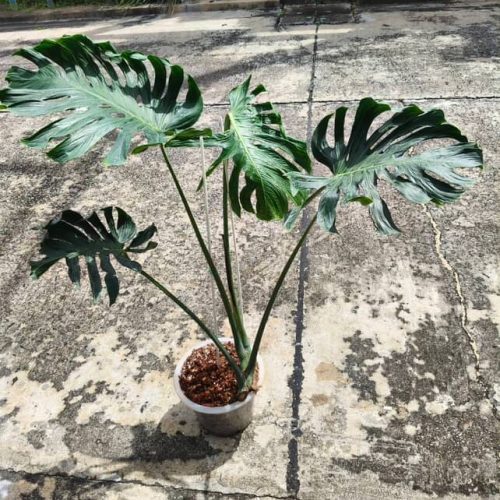
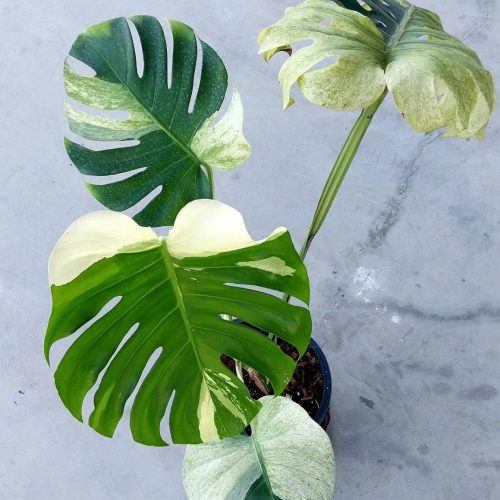



![12x Monstera Borsigiana Albo half leaves variegata [3-4 leaves]](https://greenboog.com/wp-content/uploads/2024/10/Monstera-Borsigiana-Albo-half-leaves-variegata-1-500x500.jpg)
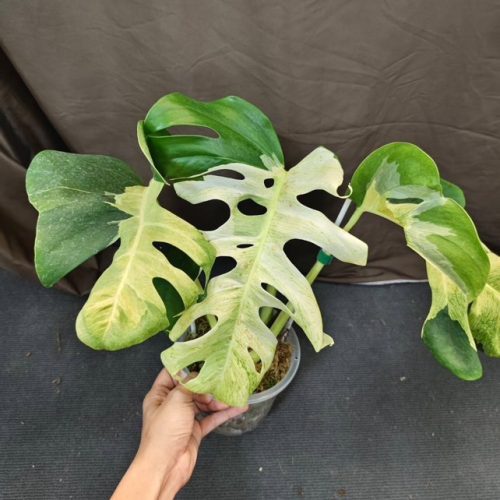

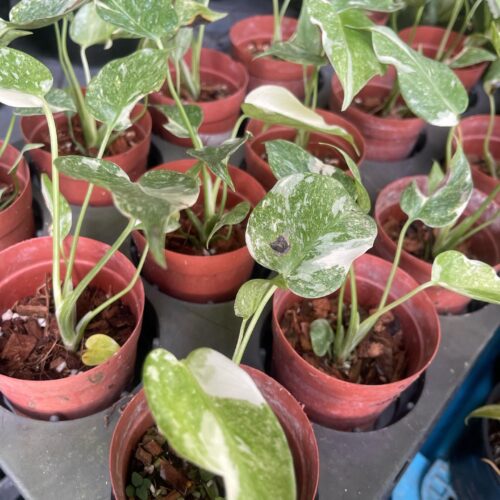
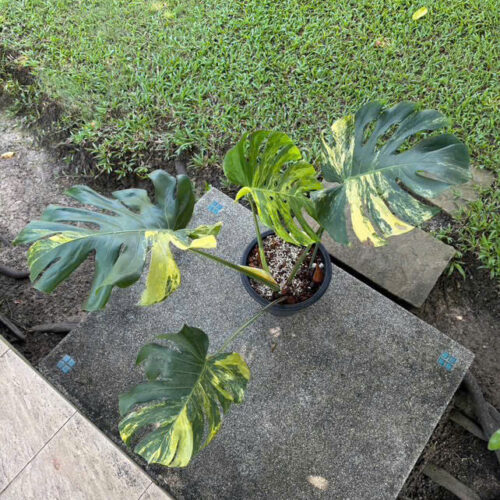
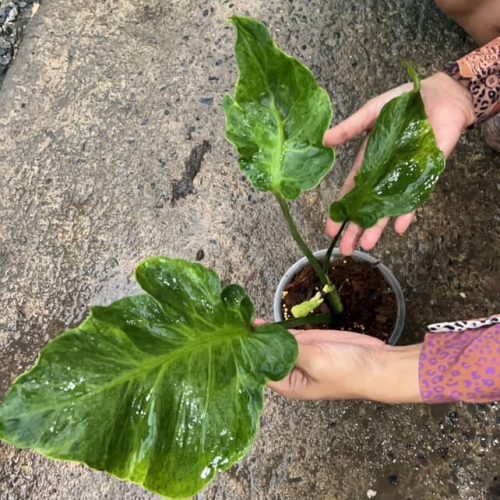
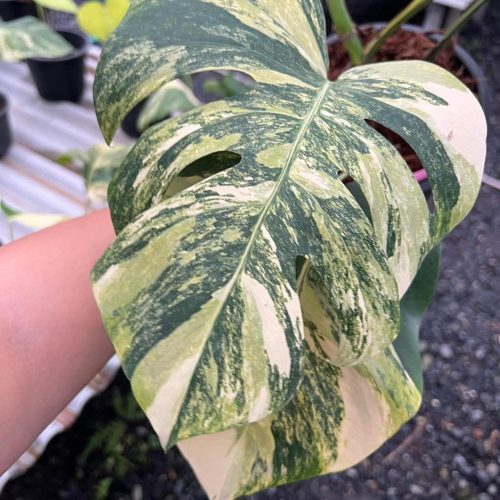

![10 Pots x Monstera Aurea Variegated / Mix Aurea tri color 3-4 leaves [well variegated]](https://greenboog.com/wp-content/uploads/2024/08/Monstera-Aurea-Tri-color-500x500.jpg)
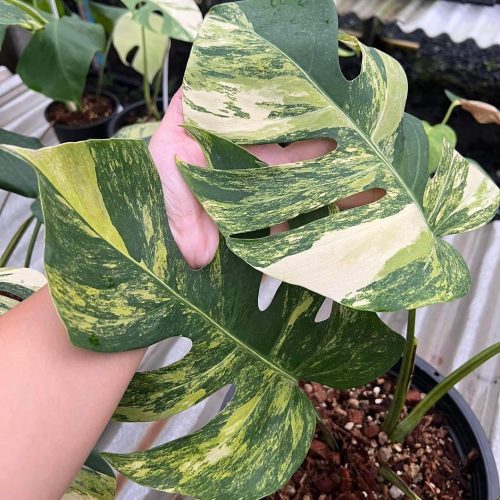
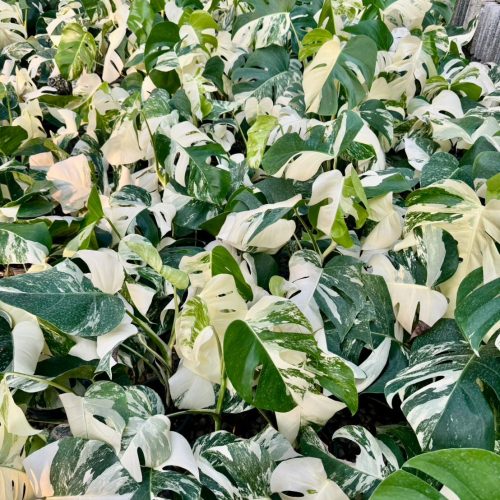
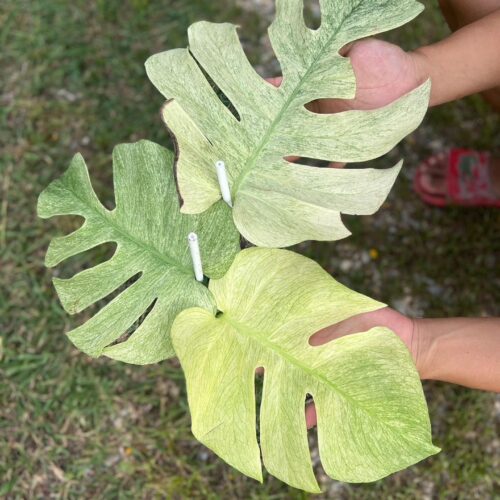
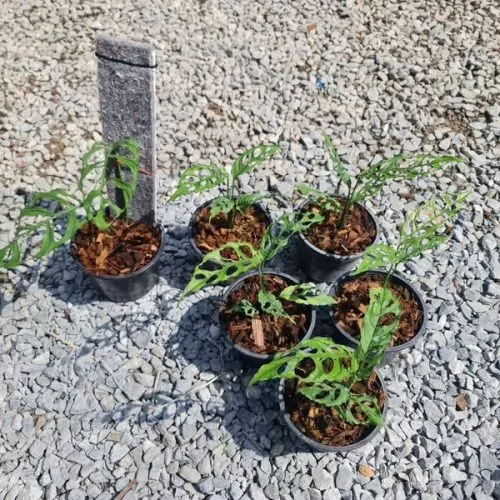
![[SALE] 10 Pots x Monstera Aurea Variegated 3-6 leaves [Medium size]](https://greenboog.com/wp-content/uploads/2025/01/Monstera-Aurea-variegated-4-6-leafs-500x482.jpg)


